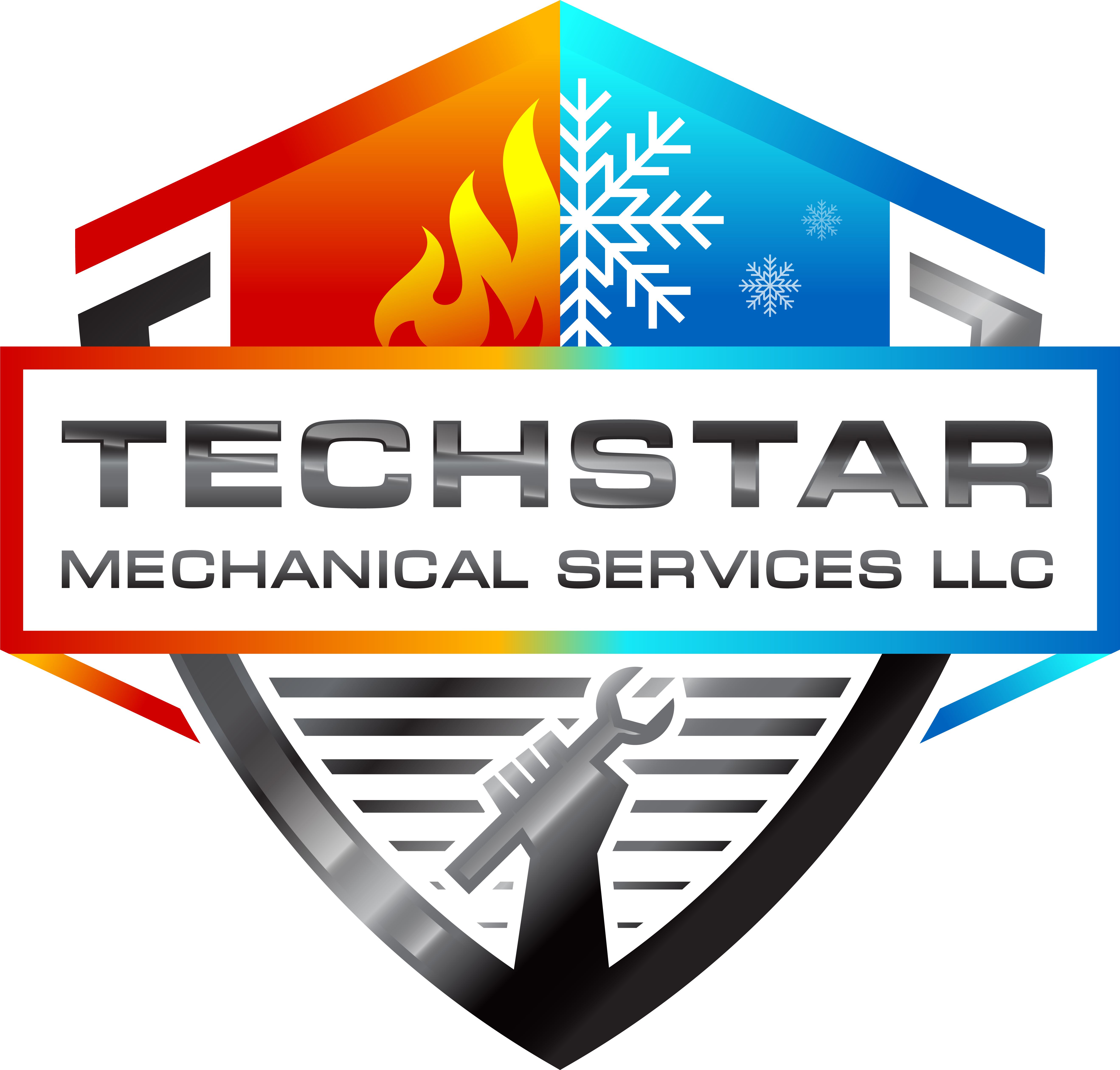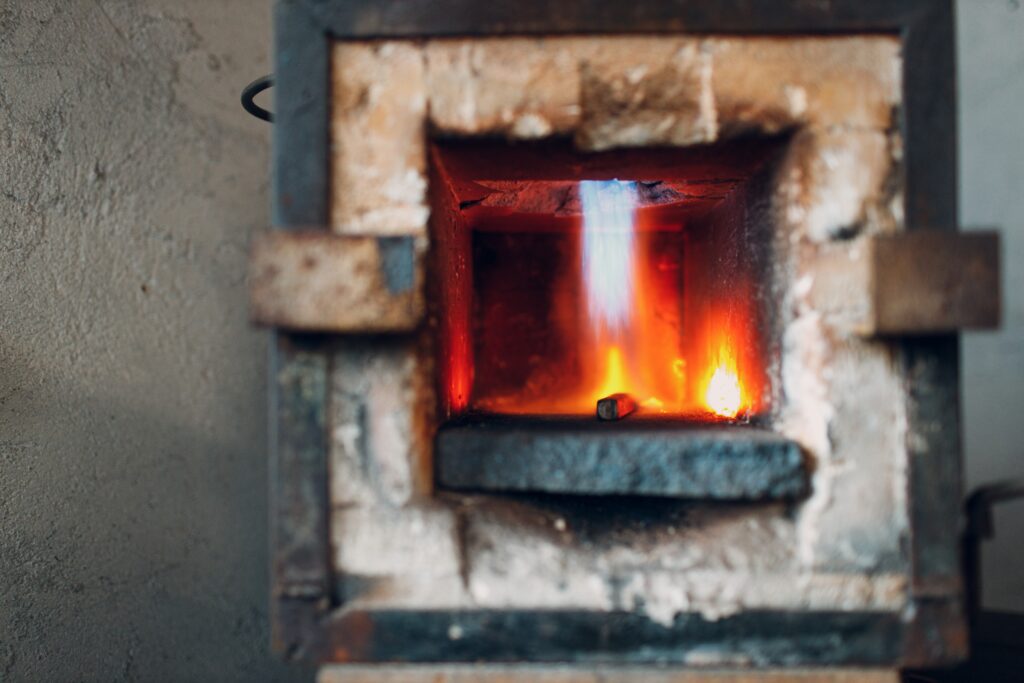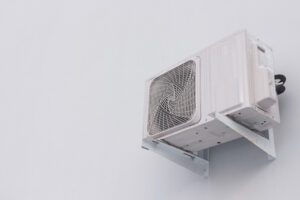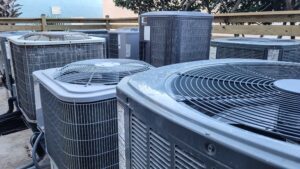When your furnace breaks down, it’s not just an inconvenience; it’s a disruption to your daily comfort and warmth. That’s why knowing what to expect during a furnace repair service can prepare you for the process, making it less daunting and ensuring your home returns to a cozy haven in no time. Let’s dive into what a typical repair service looks like, from diagnosis to the final touches.
Initial Contact and Scheduling
The first step in the furnace repair process is reaching out to a qualified HVAC professional. When making that initial contact, be prepared to describe your furnace issues clearly. The information you provide will help the technician understand the potential problem even before they arrive. Ensure you have your furnace model details and any warranty information at hand. This will streamline the scheduling process and ensure that the technician arrives fully prepared to address your specific concerns.
Preparation for the Technician’s Arrival
Before your technician arrives, there are a few things you can do to prepare your home. Clear any clutter or obstacles from the area around your furnace. This not only provides the technician with easy access but also ensures a safe workspace. Additionally, if you have pets, consider keeping them in another room for the duration of the repair visit. These small steps can significantly speed up the repair process.
Diagnostic Assessment
Upon arrival, the technician will conduct a detailed diagnostic assessment of your furnace. This might involve visual inspection, testing electrical connections, and checking the airflow. The purpose of this assessment is to pinpoint the exact issue with your furnace. Technologies such as thermal imaging can be used to detect issues not visible to the naked eye. Understanding the root cause is crucial for a lasting repair.
Explaining the Repair Plan
Once the problem is identified, the technician will explain the necessary repairs. This conversation is your opportunity to ask questions about the recommended services, how long the repair will take, and any potential impact on your furnace’s efficiency. A reliable technician will offer clear, understandable explanations about the repair plan and provide an estimate for the repair costs. This is also the perfect time to inquire about any potential upgrades or preventative measures that could enhance your furnace’s performance and lifespan.
The Repair Process
The repair process itself can vary significantly depending on the nature of the problem. Simple fixes might take only a few hours, while more complex issues could require parts to be ordered. The technician might replace worn components, clean internal parts like the blower motor, or recalibrate your thermostat. Throughout this process, a good technician will work efficiently and keep disruption to your home to a minimum, ensuring that your furnace is back up and running as quickly as possible.
Post-Repair Testing and Cleanup
After completing the repairs, your technician will conduct thorough testing of your furnace to ensure it operates correctly. They’ll check to make sure the furnace turns on and off properly, produces the correct amount of heat, and that airflow is consistent through your ductwork. Once the repair is verified, the technician will clean up the work area, leaving it as they found it. They’ll also provide you with a summary of the work done and any recommendations for maintenance or future care.
Understanding Repair Costs and Warranties
Emergency furnace repair can be worrisome, not just for the inconvenience but for the potential cost. Once the technician has diagnosed your furnace’s issue, they’ll provide an estimate that includes labor, parts, and any applicable taxes. It’s crucial to understand whether your current furnace is under warranty, as this can significantly affect costs. Many furnace manufacturers offer parts warranties, while labor might not be covered. Ask your technician to break down the costs and explore options that might save you money in short and long terms.
Preventative Maintenance Tips
To wrap up your furnace repair journey, your technician should offer tips on preventative maintenance to help avoid future repairs. Regular maintenance, such as changing air filters and scheduling annual inspections, can extend the life of your furnace and improve its efficiency. Understanding and practicing these maintenance tips not only saves you money but also ensures your home remains cozy throughout the colder months.
Wrapping Up Your Furnace Repair Journey
Understanding the steps involved in a furnace repair service demystifies the process, making it less stressful for homeowners. Remember, the key to a smooth repair is finding a trusted professional who communicates clearly and works efficiently. Now that you know what to expect, you can confidently navigate your next furnace repair, ensuring your home’s warmth is restored swiftly and effectively. Ready to schedule your furnace repair? Visit our website at Tech Star Mechanical to find out more about our services.



